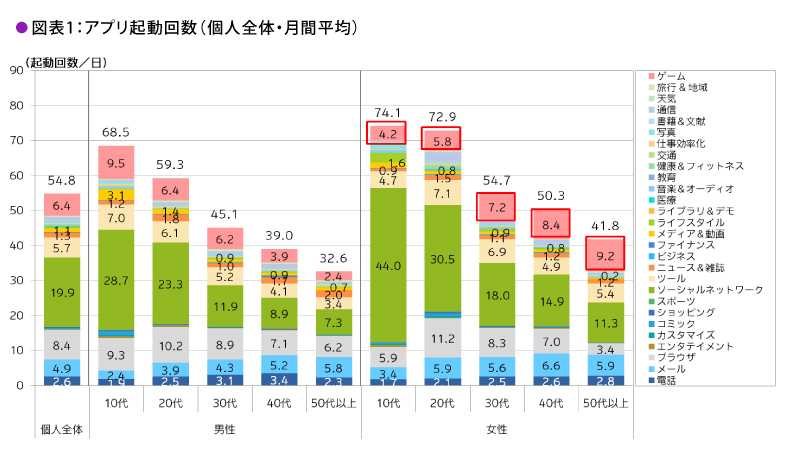Log Analysis to Deepen Understanding of Smartphone Users (1) ~Why Do Older Women Use Game Apps More Frequently?~
Was this article helpful?
Newsletter registration is here
We select and publish important news every day
For inquiries about this article
Back Numbers
Author

Akira Amano
Dentsu Inc.
Completed Master's program at the Graduate School of Interdisciplinary Information Studies, University of Tokyo (M.A.). Specializes in research, development, and consulting on social media marketing applications and youth trends. Latest book: "Business for the New Generation Emerges from Smartphones: SNS Marketing in the Short Video Era" (2022, Sekai Bunka Publishing). Other publications include "The Psychology of Sharing: 7 Perspectives for Understanding the SNS Information Environment" (2017, Sendenkaigi) and "The History of SNS Evolution: The Future of a Society Connected by 'Likes!'" (2019, East Shinsho). Co-authored numerous works including the "Information Media White Paper," "Advertising White Paper," and "Media Literacy: Cultivating Critical Thinking." Frequently serves as a commentator on economic programs and as a speaker at various events. Part-time lecturer at Meiji Gakuin University (2023–present).

dentsu Media Innovation Lab
Dentsu Inc.
DENTSU SOKEN INC. Media Innovation Research Department consistently tracks shifts in media and information communication environments while exploring the evolving trends of audiences. We swiftly identify emerging societal trends and propose "optimal communication" strategies with audiences.






